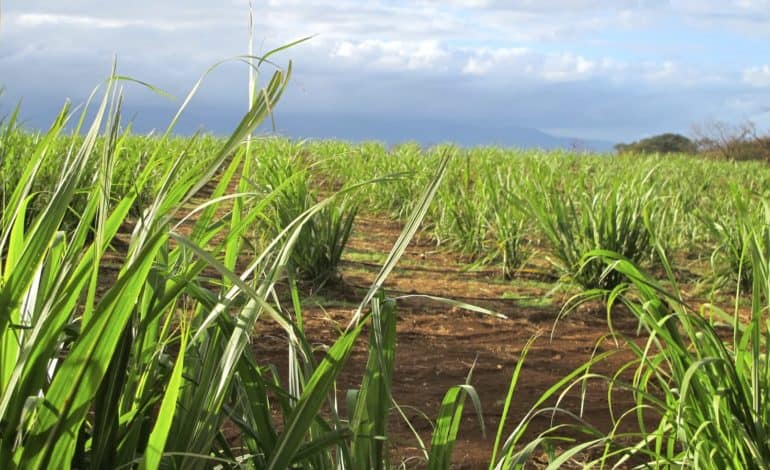Hawaii Agriculture Research Center (HARC) in Waipahu, Hawaii, has evolved from an association dedicated to improving the sugar industry in Hawaii into an internationally recognized research center studying multiple crops. HARC’s scope has expanded to include crops other than sugar, such as coffee, vegetable crops, and tropical fruits, and the nonprofit organization conducts pesticide application training and environmental compliance in the region.
Under the guidance of executive director Stephanie Whalen, HARC also runs a program called Seeds4Tomorrow, a hands-on summer education program that teaches students about the food production process. Food Tank had a chance to speak with Stephanie about her background, current work, and hope for the future of the food system.
Food Tank (FT): Can you talk a little bit about HARC’s history?
Stephanie Whalen (SW): HARC began in the late 1800s as a research entity for the emerging sugarcane industry in Hawaii. Its mission was to support the viability of the industry through research. The sugarcane industry in Hawaii cooperated in a vertically integrated production and transportation system, which refined and marketed through a single refinery in California. The producers also cooperated in crop and product improvement and input evaluation and testing. The research efforts main contribution to the viability of the industry was in a breeding program, which focused on pest and disease resistance and yield improvements.
FT: Has the industry improved as a result of HARC’s efforts?
SW: From the early 1900s through the 80s yield increased from around 5 tons sugar per acre to over 14 tons sugar per acre depending on the environment. The breeding program’s goal was to develop varieties for about 12 different ecological areas in the islands where sugarcane was grown. It produced a new variety about every 10 years of breeding and selection efforts. At one point over 2 million seedlings were produced every year and put into these various environments and monitored for improvement over several years. Breeding (yield increases and disease resistance) as well as weed-control advancements were probably the greatest contribution to the industry’s ability to remain viable for as long as it did.
There is no industry left in the islands today. Sugarcane is a commodity crop with low margin but high volume characteristics. The industry, like any commodity crop, was subject to rising and falling commodity prices over which it had no control. As for sugarcane globally, that is now pretty much controlled by the industry in Brazil, which has a tremendous acreage in sugarcane and can switch between production of alcohol for fuel or sugar for consumption depending on the global demands for either.
FT: What other crops do you focus on?
SW: HARC always worked on other crops as its member companies (the sugarcane companies) were always looking for a replacement crop that could use the huge acreage available. Consequently, HARC worked on and is currently working on energy crops and specialty crops like coffee, cacao, papaya, and the Anthurium flower.
FT: Can you tell me a little about your work and how you affect change as an organization, especially for local communities?
SW: HARC’s mission is not only to improve crop production in Hawaii but also to help create new business opportunities. Several years ago when the sugarcane industry on Oahu was closing down, HARC reviewed the Department of Agriculture data for important replacement crops. It decided on asparagus and artichokes. The artichoke crop succumbed to nematodes but the asparagus crop did quite well and harvesting could be manipulated through irrigation. Local farmers have since picked up that crop, and at least some of it is being produced locally.
FT: What is Seeds4Tomorrow? What kinds of people generally participate in the program?
SW: Part of our overall mission is education and training. Seeds4tomorrow is part of that effort. We are targeting middle school students and teachers to expose them to all the different production processes and all the careers that exist to nurture food production. The goal is to find one to two percent of the population that wants to be part of the food production system and to help steer them to the education programs that can advance their career objectives.











